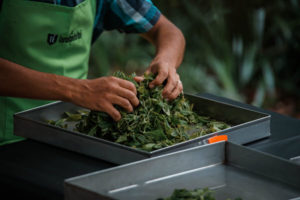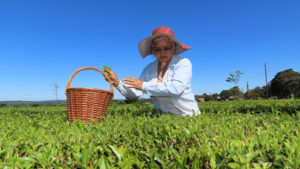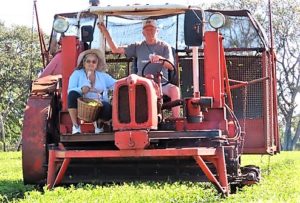OBERA, Argentina
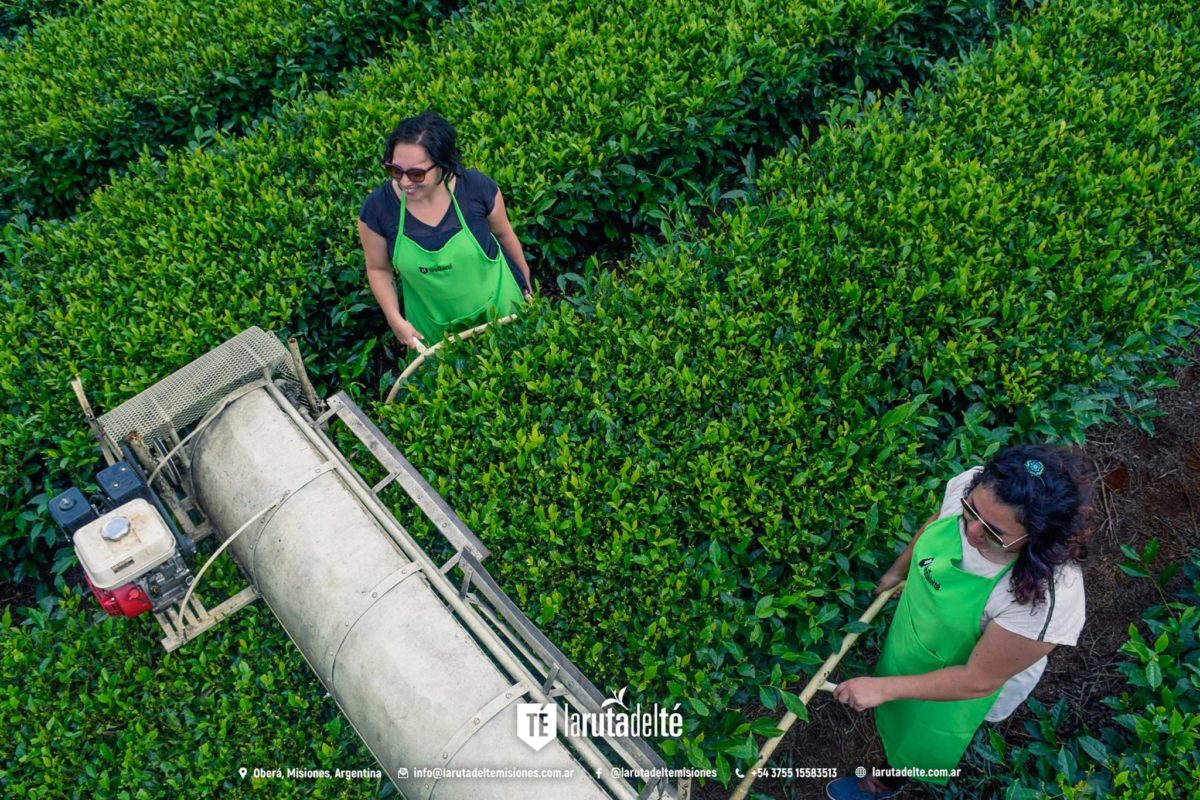
The provenance of tea, its diversity of flavors, and the aroma were of little interest in years past. Today enthusiasm for whole leaf tea in Argentina has not only increased consumption, there is now far more knowledge about tea’s characteristics and health properties.
Tea producers seized on this growing level of consumer curiosity and began sharing the nuances of tea culture with tourists and connoisseurs of the world of tea. Among the best known and most important of this new generation of growers is Carolina Okulovich who created La Ruta del Té. Carolina is the daughter of Carlos Okulovich and the granddaughter of Don Basilio, a notable grower.
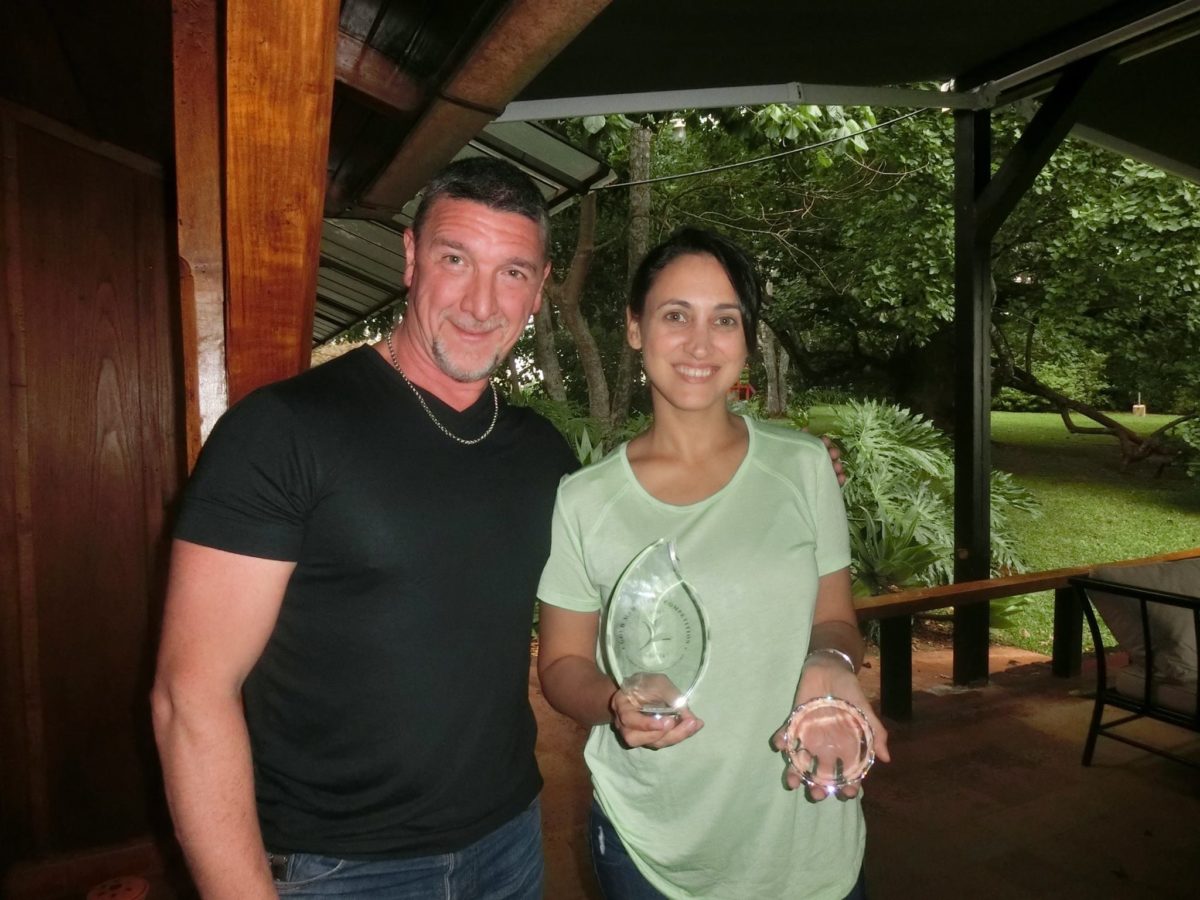
Representing the fourth generation of a family of tea and yerba producers on one of the largest farms in Misiones, Carolina is the estate’s general manager and the president of the Argentine Tea Processing Chamber (CETA). Knowledge of how tea is grown and processed came naturally to Carolina but she observed that was not so for the tourists and visitors to the farm who found cultivation and processing fascinating.
That was how the idea arose to create a learning experience for visitors touring the 15 hectares known as the Tea Route. Visitors learn the early history of tea, how Camellia sinensis arrived in Argentina; details about the cultivation of tea plants and how to harvest the leaves at their peak of expression. Tourists also witness the processing of different types of tea in award-winning styles honored in contests in Canada, in the United States, and France.
Argentina is recognized internationally for its quality standards, environmental care, social responsibility, and teas with outstanding color, a characteristic flavor and differentiated typicity, which marks a structure and a very traditional soul of the teas of Argentina. Growers also make very low use of herbicides and pesticides in plantations.
Carolina points out that La Ruta del Té is a path of learning. Tea is harvested in spring, from October to May. The farm processes about 10,000 kilos of specialty teas annually. The main plantings are Camellia sinensis sinensis, developed at INTA, the National Institute of Agricultural Technology, as well as the Assamica variety.
Visitors learn the varieties and differences between the types of tea, in La Ruta del Té, demonstration gardens were created with the support of renowned agronomists from Argentina better understand and observe each of the varieties, mainly black tea but some green tea as well.
Visitors can harvest and make their own tea, in a personalized way, to not only experience plucking but also each stage of the production process of each type of tea. Okulovich takes pride in high-quality strands, through artisanal processes that she teaches to others.
There are several other producers in Misiones. In Campo Viera, the 27-hectare Doña Irma farm produces artisanal black, green, oolong, and white tea from Camellia Sinensis, Assámica, and some Cambodian, a hybrid of the China and Assam varieties that combines the qualities of both. Leaves are plucked every 14 days from October-November through March and into early April. Irma Fraga, who owns Doña Irma, credits deep red soils for the lush foliage. “We receive visits from various parts of the world, counting on experiences of harvesting, elaboration, tasting and tasting with visitors, our products are 100% natural, since they do not have hormones, pesticides, agrochemicals, or additives,” she said.
Argentina ranks sixth among the world’s tea exporters by volume. In 2018 the Undersecretariat of Agriculture reported production reached 82,358 metric tons of dry tea, highlighting that in recent decades, higher yields were obtained per hectare due to genetic improvements and the use of clonal bushes. Eight export destinations account for 93% of the total sold abroad. The US is the predominant market, importing 70% of the total; Chile follows at 7%, then Poland, Germany, Russia, the United Kingdom, India, and the Netherlands. Revenue from exports was $77 million in 2020, according to World’s Top Exports, down 13% from the previous year. Argentina ranks 18th by value among the world’s tea exporting nations.
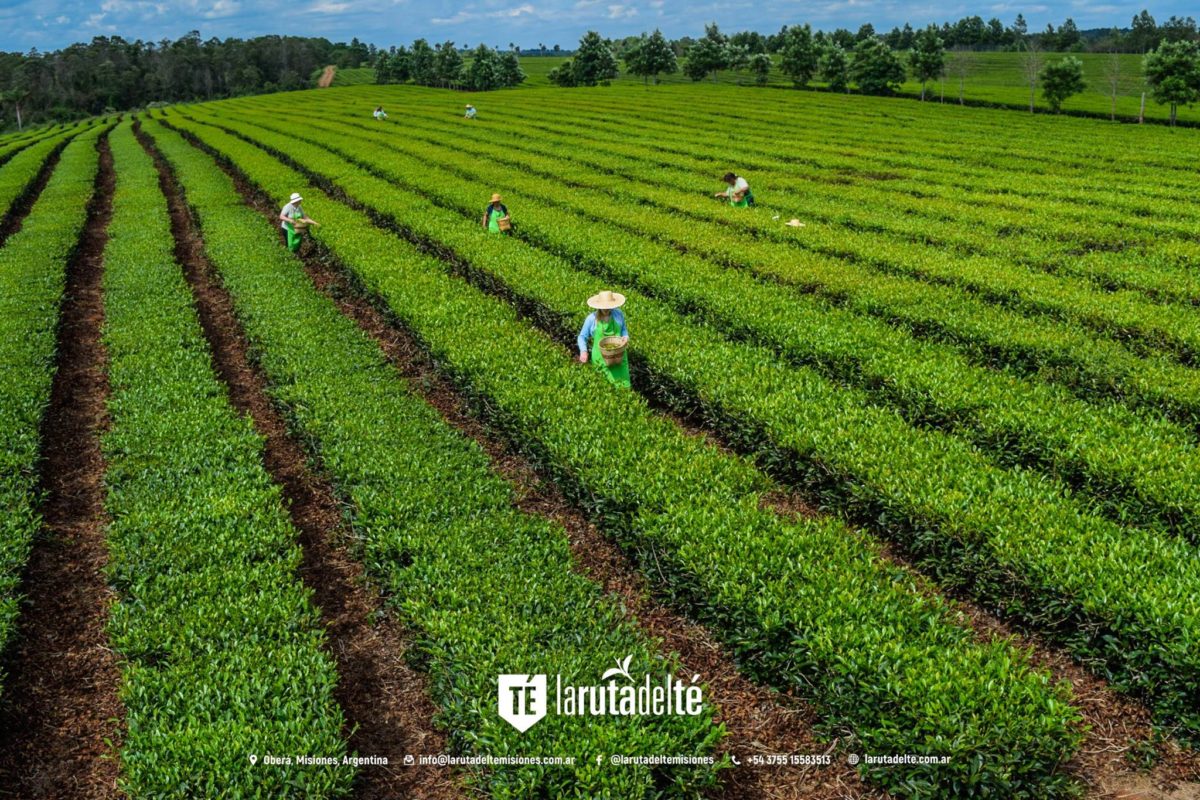
Tea Market
Get More Value from Your Tea: BRU Maker One
+41794574278
Jacque's Organics
(647) 804-7263
